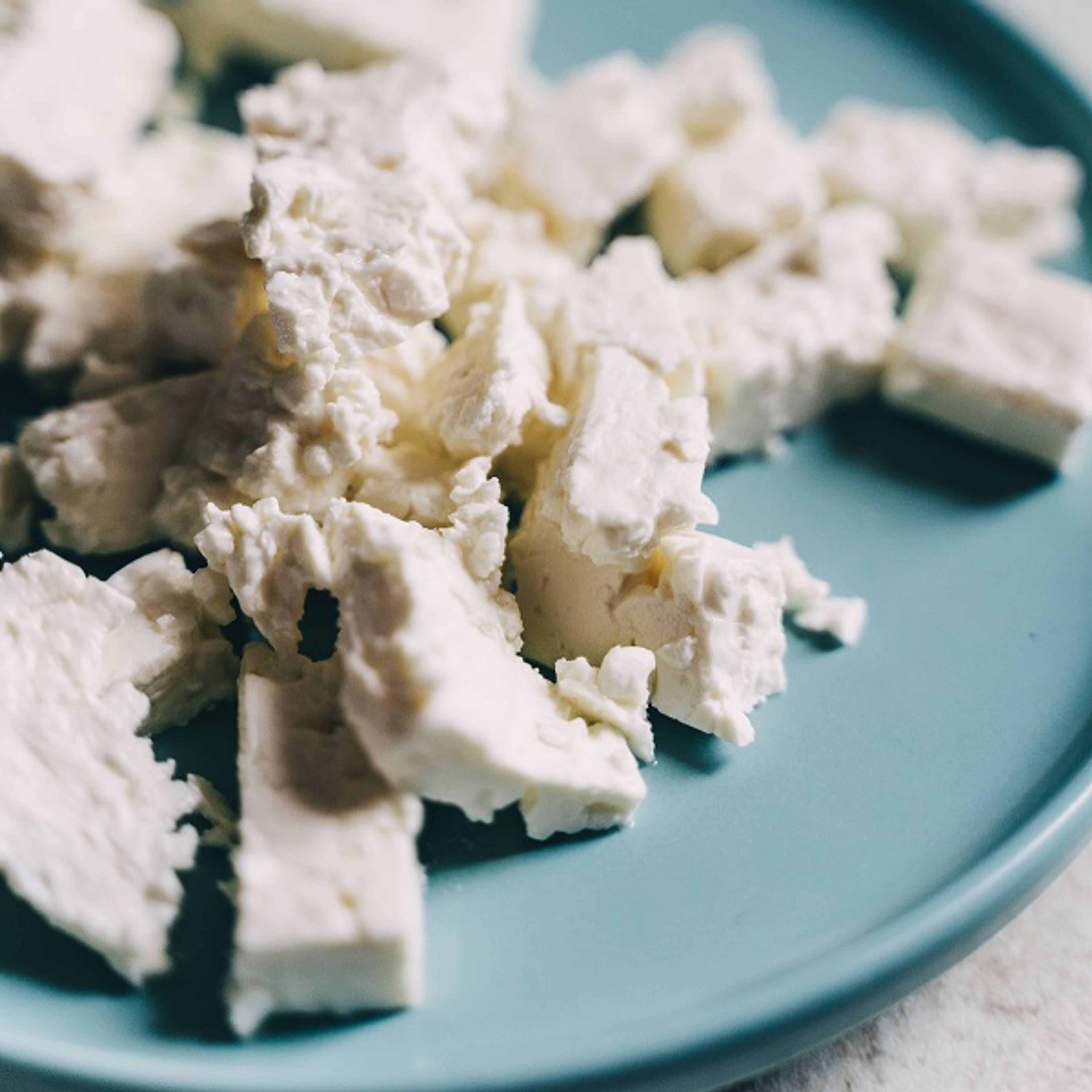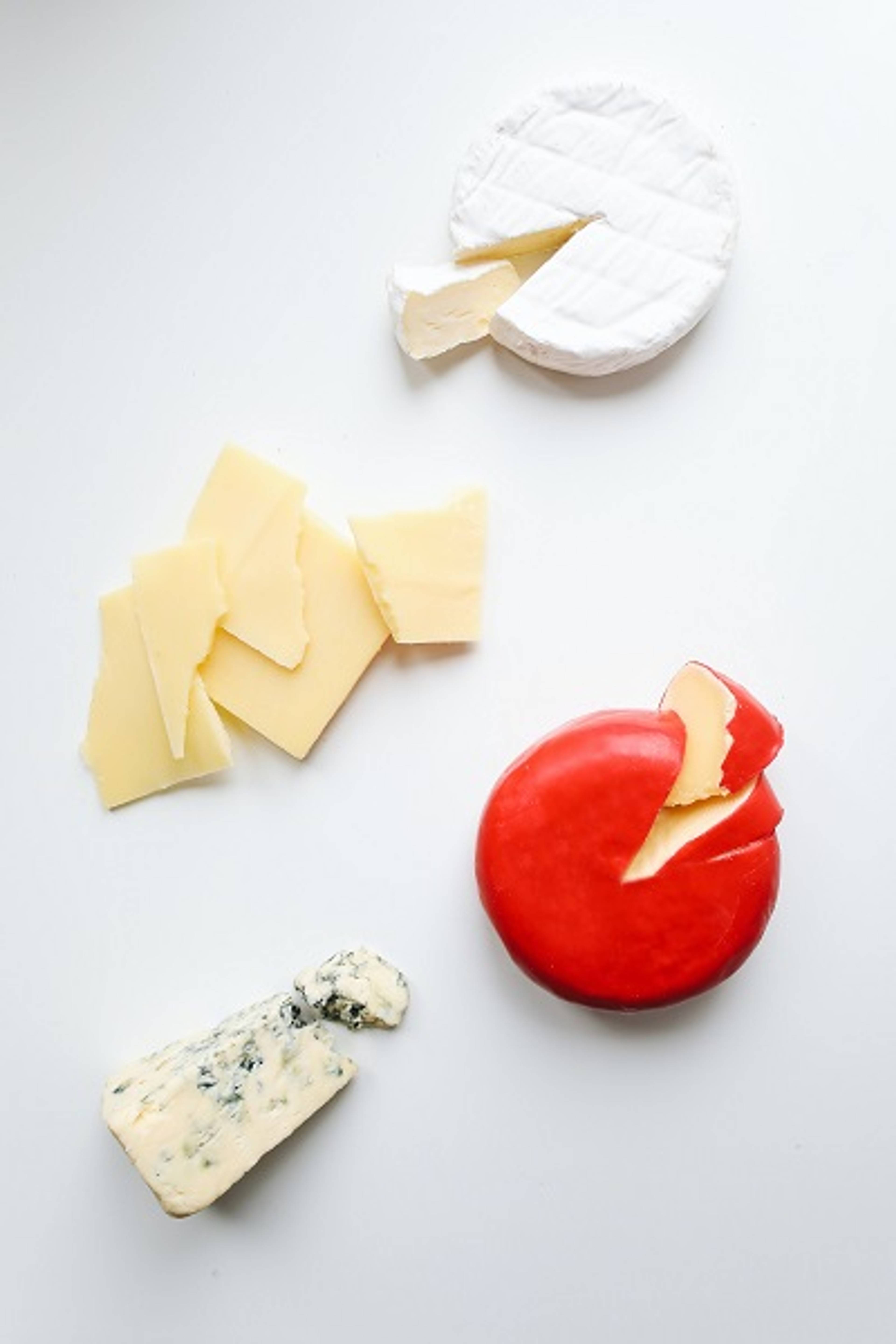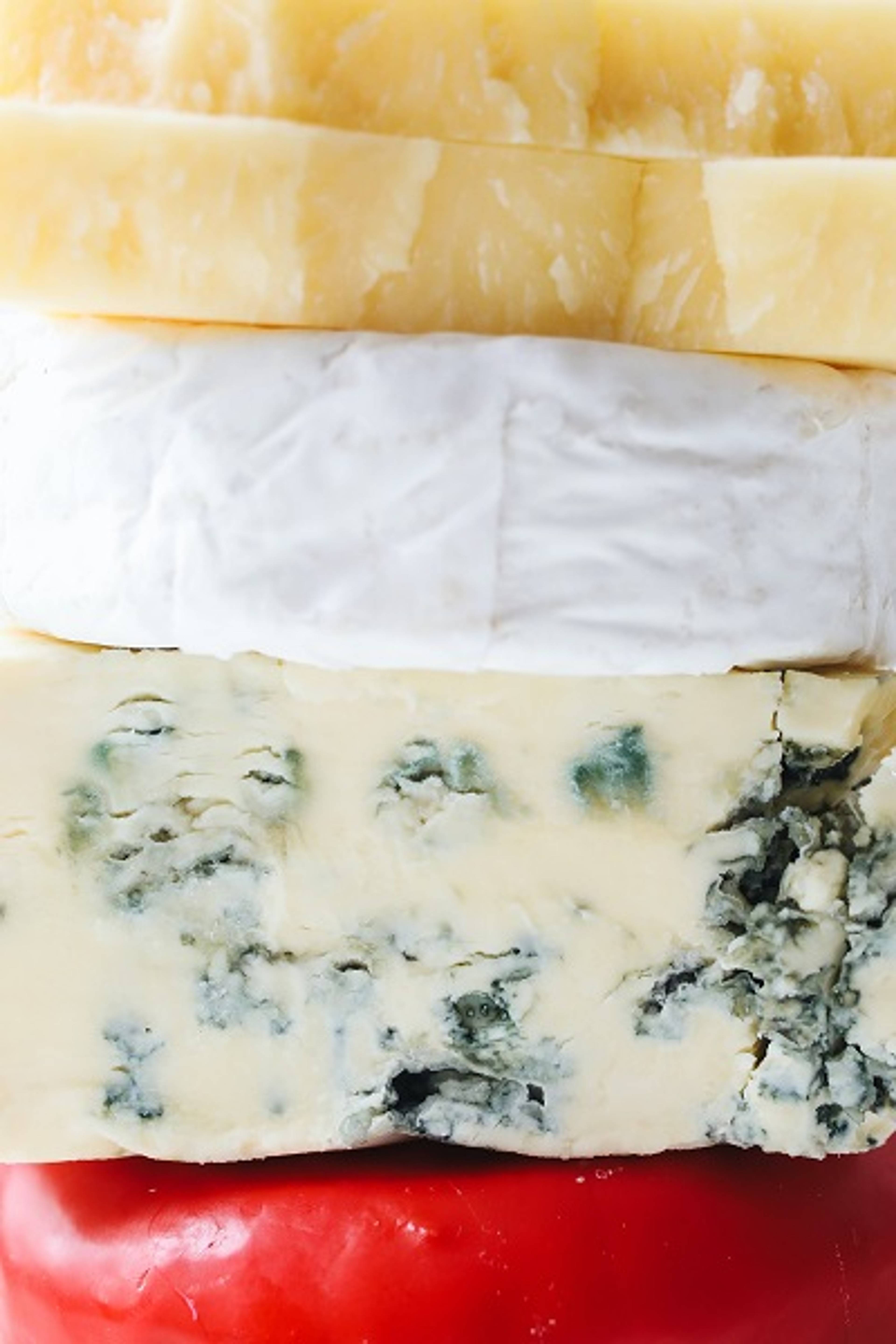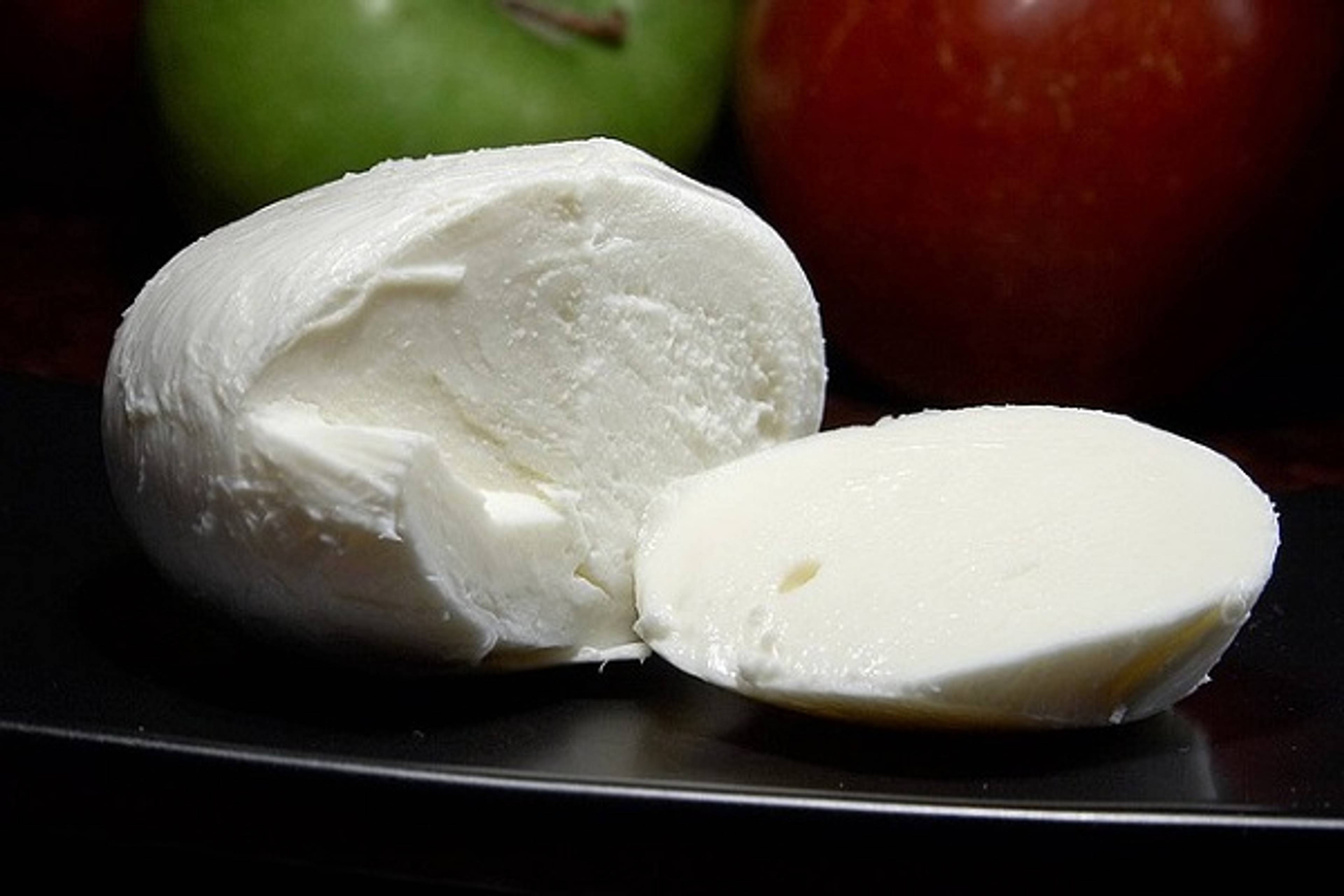When Was Cheese Invented, and Where?
Cheese 101
Cheese is one of the food world’s most versatile gifts. What else can you enjoy as a snack, a sandwich, a topping, a dessert, even a dip—all with infinite variety?
It’s so ubiquitous that it’s easy to overlook some of the basic questions about cheese. Like: Where did cheese originate? How was cheese invented? As luck would have it, the history of cheese most likely starts with a happy accident.

Who Invented Cheese?

When Was Cheese Invented?

Where Does Cheese Come From?

How Has Cheese Changed Over Time?

How Is Cheese Made?

What Are the Leading Categories of Cheese?
